Dhaka, January 14, (V7N) – The overcrowded capital of Bangladesh, Dhaka, ranked as the city with the worst air quality globally this morning, recording an Air Quality Index (AQI) score of 239 at 8:33 AM. The air quality was categorized as "very unhealthy," posing severe health threats to residents.
Understanding the AQI and Its Implications
The AQI, a global standard for reporting air quality, measures the concentration of five pollutants: particulate matter (PM10 and PM2.5), nitrogen dioxide (NO2), carbon monoxide (CO), sulfur dioxide (SO2), and ozone (O3). An AQI score between:
50-100 is considered moderate, affecting sensitive groups.
101-150 is unhealthy for sensitive groups.
151-200 is unhealthy for everyone.
201-300 is very unhealthy, with significant health risks.
300+ is hazardous, posing a serious threat to all.
Today’s PM2.5 levels in Dhaka—a primary pollutant—far exceeded the World Health Organization’s (WHO) recommended limits, reinforcing the capital's ongoing air pollution crisis.
Global Rankings and Comparisons
Dhaka’s AQI of 239 outpaced other cities struggling with air pollution. Vietnam’s Ho Chi Minh City (214), India’s Delhi (198), and Vietnam’s Hanoi (192) followed as the second, third, and fourth worst cities, respectively.
Seasonal Trends and Persistent Issues
Dhaka’s air quality typically worsens during winter due to temperature inversions that trap pollutants closer to the ground. The situation improves during the monsoon season but remains a perennial issue.
The city's air pollution is largely driven by:
Emissions from outdated vehicles.
Industrial activities.
Construction dust.
Waste burning.
Health Risks
According to the WHO, air pollution contributes to approximately 7 million deaths annually. Common health effects include:
Stroke.
Heart disease.
Chronic obstructive pulmonary disease (COPD).
Lung cancer.
Acute respiratory infections.
In Dhaka, individuals with pre-existing conditions, children, and the elderly are most vulnerable. Residents are advised to limit outdoor activities, wear protective masks, and use air purifiers when possible.
END/CLM/RH



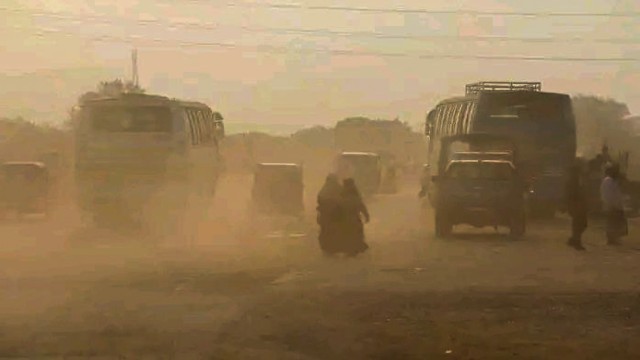
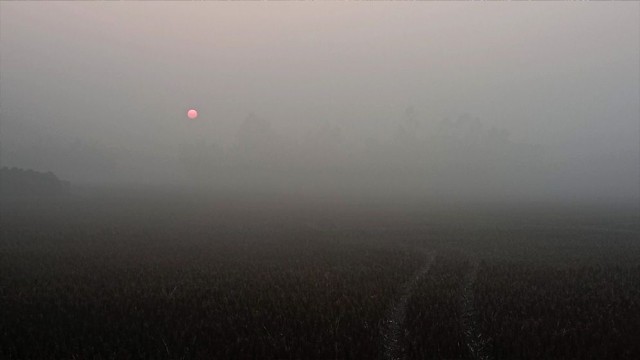
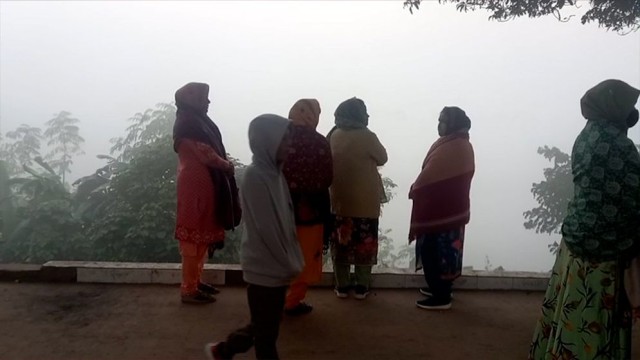
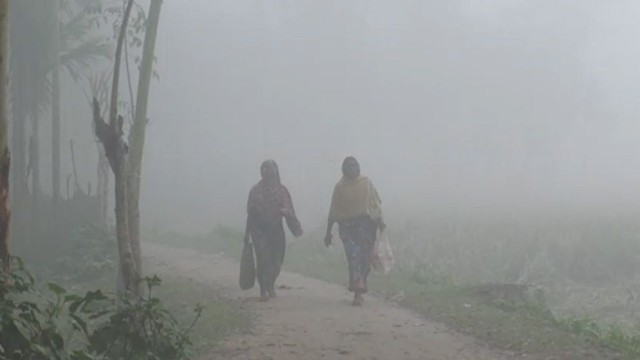
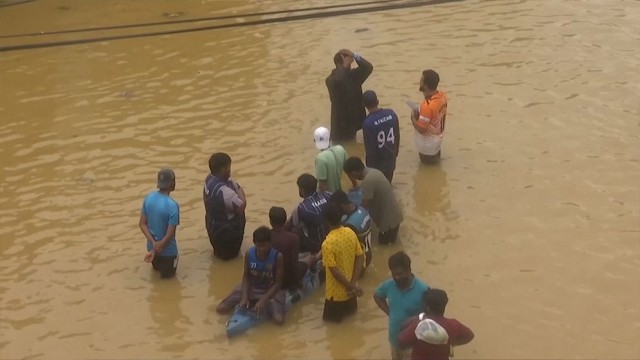

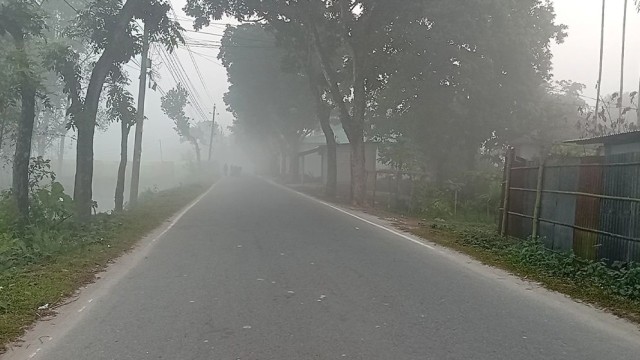
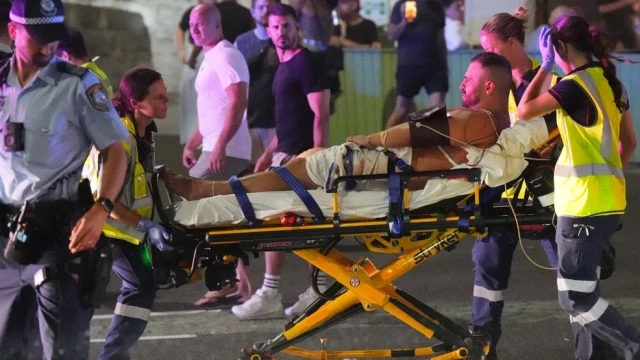
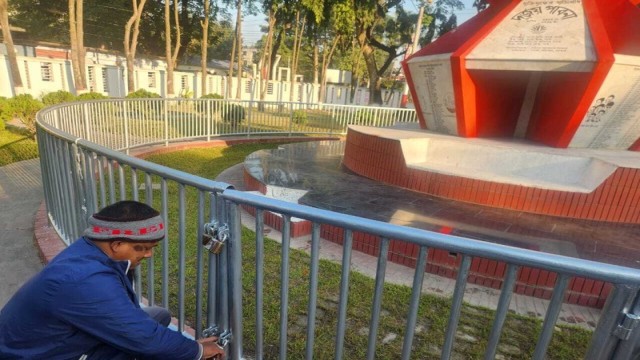
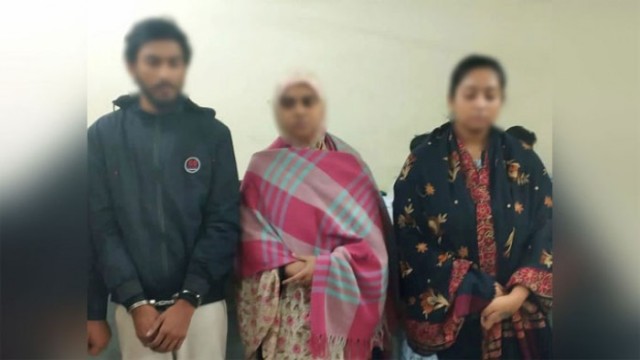
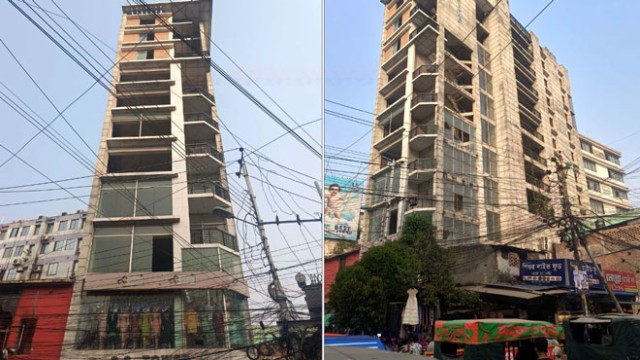

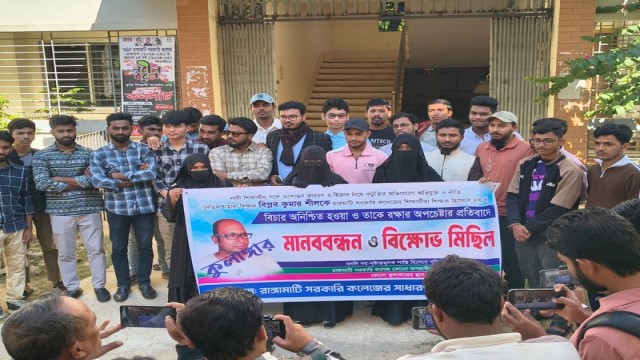


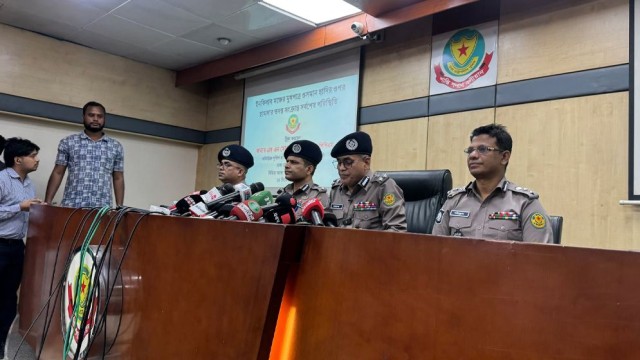


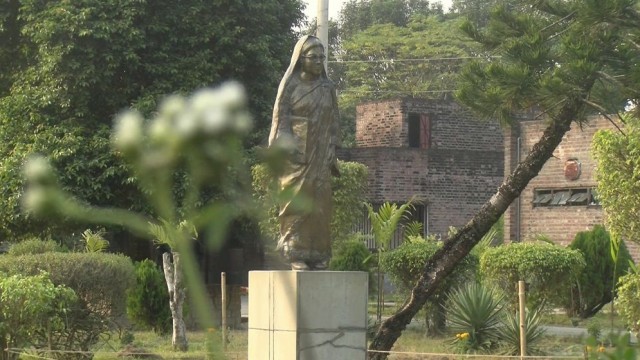






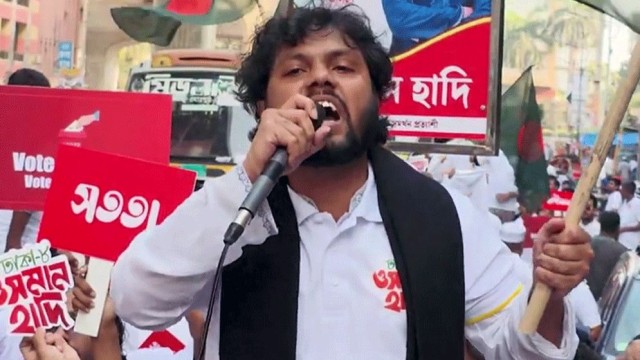
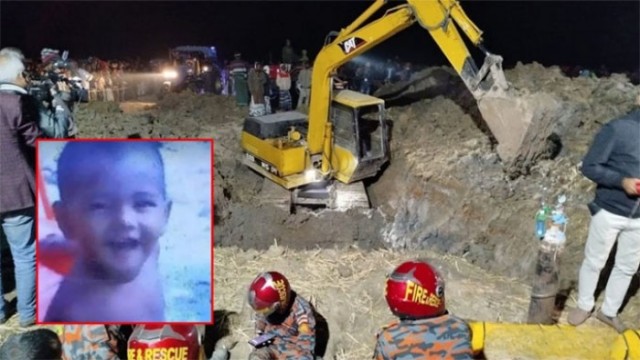
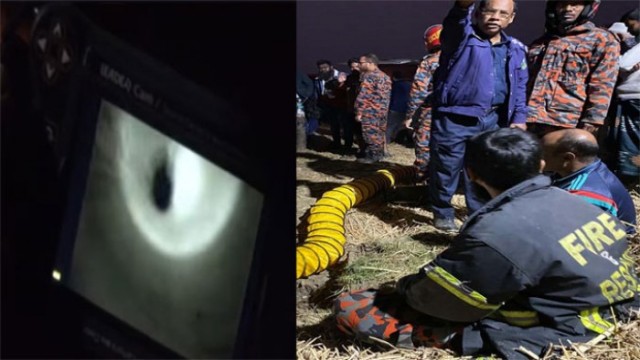
Comment: